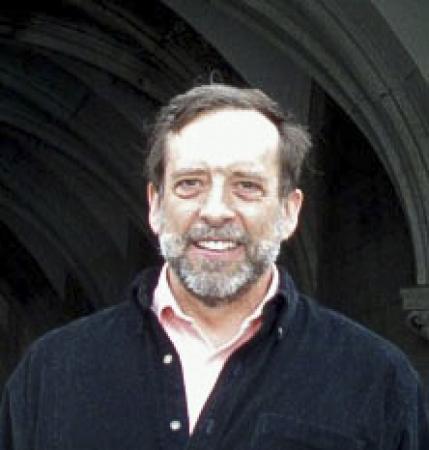
Paul Terry
Paul Terry
University of Wisconsin-Madison
Friday, April 12, 2019
3:00pm
Abstract: Turbulence driven by plasma instabilities is now understood to saturate in a way that is fundamentally different from hydrodynamic turbulence. Instead of cascading through a large range of scales to access dissipation at small scale, energy is dissipated at the large scales of the instability by nonlinearly excited stable modes. This picture applies to the micro-instabilities of fusion systems, but also to instabilities of astrophysical relevance like the Kelvin-Helmholtz and Raleigh-Taylor instabilities. In cases that have been studied in detail, the stable modes govern fluctuation levels, transport rates, and their scalings. This talk will examine the growing list of observable consequences of the saturation of ion temperature gradient turbulence by stable modes. These include the wavenumber spectrum of ITG turbulence, the scaling of its turbulence level with zonal flow damping rate, and the rate of heat flux decrease with beta in gyrokinetic simulations. Furthermore, the theoretical heat flux and its scaling with the triplet correlation time generally reproduce the features of the nonlinear beta-stabilization observations in JET, AUG, and CMOD as modeled with gyrokinetics, something which quasilinear theory is unable to do. The saturation theory explains why quasi-helical stellarators have relatively low heat flux despite their higher growth rates in comparison with quasi-axisymmetric stellarators, and is being used as the basis for stellarator optimization with respect to turbulent transport.
Bio: P.W. Terry is a Professor of Physics at the University of Wisconsin-Madison and former Co-PI of the Center for Magnetic Self-Organization in Laboratory and Astrophysical Plasmas, a NSF Physics Frontier Center operating from 2003 to 2016. His primary field is theoretical plasma physics with emphasis on turbulence in fusion and astrophysical plasmas. He is co-discoverer of turbulence suppression and regulation by shear flows, and maintains active research interests in a range of problems including anomalous pinches, stable modes in turbulence saturation, magnetic turbulence and its effect on zonal flows, dissipation range turbulence, intermittency in turbulence, stellarator optimization, and verification and validation. He has served in a wide variety of capacities in the U.S. fusion program and plasma physics communities, is a fellow of the American Physical Society, and recipient of the University of Wisconsin Postdoctoral Mentoring Award. He received his B.S. in Physics from the Massachusetts Institute of Technology in 1976 and his Ph.D. from the University of Texas in 1981. He has held visiting positions at the Free University of Brussels and the Culham Plasma Physics Laboratory of the U.K. Atomic Energy Authority.